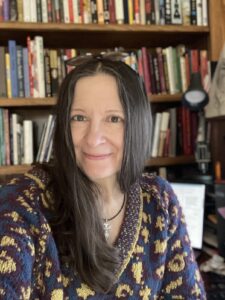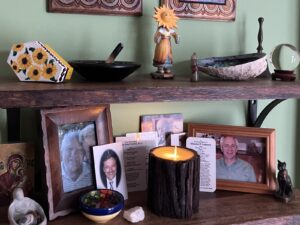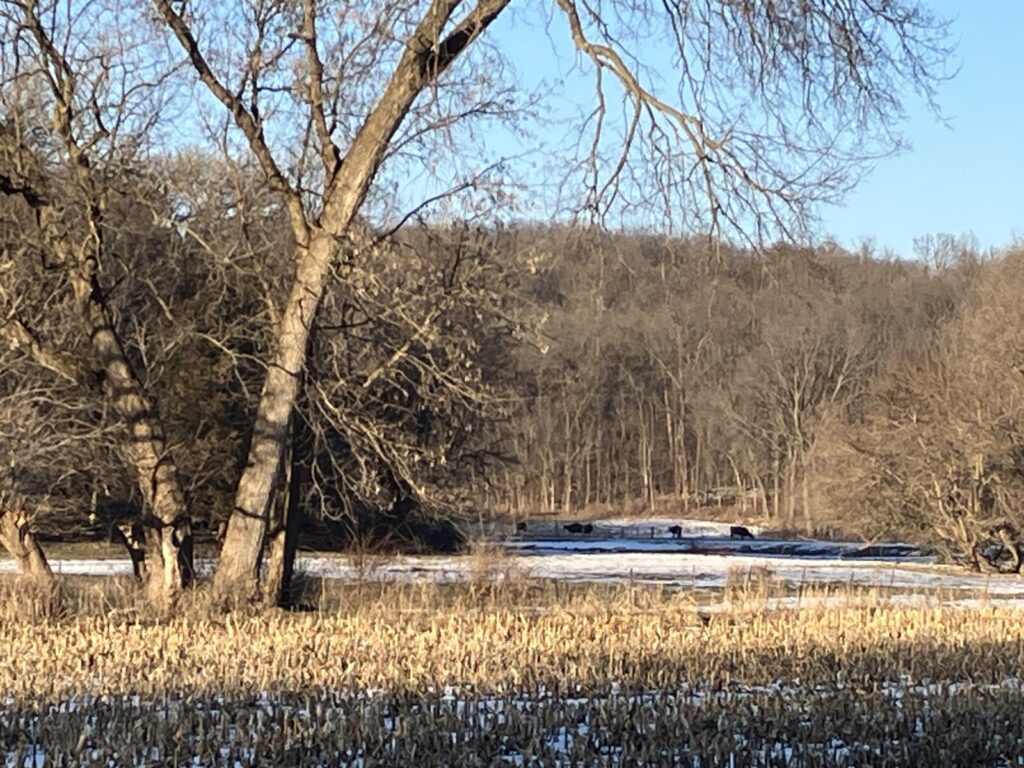 On February 1, we reach the halfway point between the winter solstice and the spring equinox—the Celts called it Imbolc, and it’s the season of renewal. The wheel turns, and today marks another year, another birthday for me. We are irrevocably tied to the movements and rhythms of this planet.
On February 1, we reach the halfway point between the winter solstice and the spring equinox—the Celts called it Imbolc, and it’s the season of renewal. The wheel turns, and today marks another year, another birthday for me. We are irrevocably tied to the movements and rhythms of this planet.
I catch glimpses of my foremothers in the mirror. I think about the gifts I’ve inherited from them, the lessons I’ve learned, the lessons I keep re-learning. The world I inhabit is so different from the one my grandmothers lived in when they were my age, and yet history repeats, the cycle continues, the more things change…
In a LIFE Magazine profile of James Baldwin (May 1963), Baldwin is quoted as saying,
“You think your pain and your heartbreak are unprecedented in the history of the world, but then you read. It was Dostoevsky and Dickens who taught me that the things that tormented me most were the very things that connected me with all the people who were alive, or who ever had been alive. Only if we face these open wounds in ourselves can we understand them in other people. An artist is a sort of emotional or spiritual historian.”
So much wisdom. We see ourselves in the footprints left on pages. We leave our own for those who come after us. I find myself thinking a lot about what this world is going to look like for my children.
This last year was one of the hardest for me, as it has been for so many. What can we do when the world seems out of control around us: wars, division, a planet being poisoned and aflame. If you believe as I do, that our purpose in this life is to love each other to the best of our ability, it’s hard to make sense of the many who fall back on fear and hatred instead.

We grieve. We rage. We turn to one another. We love in spite of everything. In the maelstrom, I turn to my rituals and practices, those things that slow me down, that ground me: offering a morning toast to my beloved ancestors, baking and breaking bread, incense and candles on my altar. I call upon the those who have walked before me on this path. I look to the teachers and elders who offer wisdom and ways to work with the land, to honor this planet that is our home, to find ways to heal it and hopefully someday heal ourselves.
One of the voices that has really resonated in my heart this past year is Potawatomi botanist Robin Wall Kimmerer’s. In her book, Braiding Sweetgrass: Indigenous Wisdom, Scientific Knowledge, and the Teachings of Plants, she writes,
“Action on behalf of life transforms. Because the relationship between self and the world is reciprocal, it is not a question of first getting enlightened or saved and then acting. As we work to heal the earth, the earth heals us.”
I love that. It feels true. There is a lot of work to be done in the year(s) to come, and we all have a part to play. We are all connected.
I turn again to Nature as teacher, this time to the words of biologist Merlin Sheldrake, author of Entangled Life: How Fungi Make Our Worlds, Change Our Minds, and Shape Our Futures. Sheldrake writes about how mushrooms and mycelium challenge our ways of thinking about life. From the microbial systems inside our bodies to the broadest networks of roots that stretch across hundreds of miles, we are connected in a series of complex systems.
Sheldrake writes, “Their ability to cling on—and often flourish—through periods of catastrophic change is one of their defining characteristics. They are inventive, flexible, and collaborative.” We have much to learn from fungi, and from the rest of Nature, but that requires slowing down and paying attention, shifting our awareness and expectations.
Writing is one of the things that brings me the most joy in life, and yet this last year I have done very little active writing. That’s something I’m trying to change in the year to come, and I record it here to mark my intention. It’s not always easy to make time for those things that ultimately nourish our heart and spirit, but it is important work. Maybe that will mean more blogging, hopefully it means completing the second volume of the graphic novel and maybe wrapping up some short stories and poems in the works.
I am a believer that reading, researching, daydreaming, and living are all parts of the creative process, and those I have done. I hope that the seeds planted in my imagination take root and flower in the springtime as the world around us turns green and comes back to life. I hope that the seeds you have planted also take root and grow.
Footprints.
Records of a spiritual history.
A season of renewal.
I leave you with one more quote from Robin Wall Kimmerer. Can you imagine if we lived this way, if we treated each other and the planet with this kind of love and respect? It’s a beautiful vision and a lovely blessing:
“Know the ways of the ones who take care of you, so that you may take care of them.
Introduce yourself. Be accountable as the one who comes asking for life.
Ask permission before taking. Abide by the answer.
Never take the first. Never take the last.
Take only what you need. Take only that which is given.
Never take more than half. Leave some for others.
Harvest in a way that minimizes harm.
Use it respectfully. Never waste what you have taken. Share.
Give thanks for what you have been given.
Give a gift, in reciprocity for what you have taken.
Sustain the ones who sustain you and the earth will last forever.”
― Robin Wall Kimmerer
Braiding Sweetgrass: Indigenous Wisdom, Scientific Knowledge, and the Teachings of Plants



 I love all of it: preparing the twelve traditional dishes, honoring the ancestors with their place setting at the table. Our white tree adorned with its collection of ornaments, the living room transformed by multi-colored lights in the window. Household altars dressed for the season. Eight nights of candles until the menorah is fully illuminated. What a blessing to have several days to celebrate this time of year
I love all of it: preparing the twelve traditional dishes, honoring the ancestors with their place setting at the table. Our white tree adorned with its collection of ornaments, the living room transformed by multi-colored lights in the window. Household altars dressed for the season. Eight nights of candles until the menorah is fully illuminated. What a blessing to have several days to celebrate this time of year